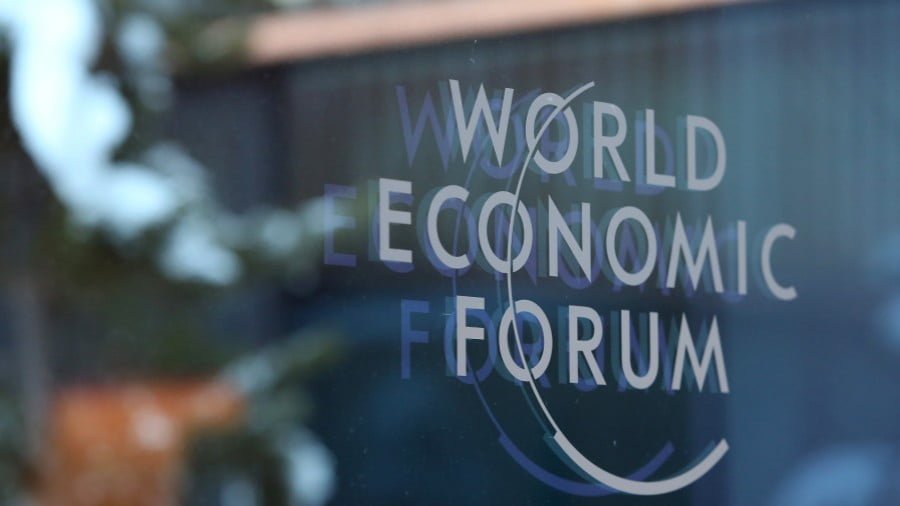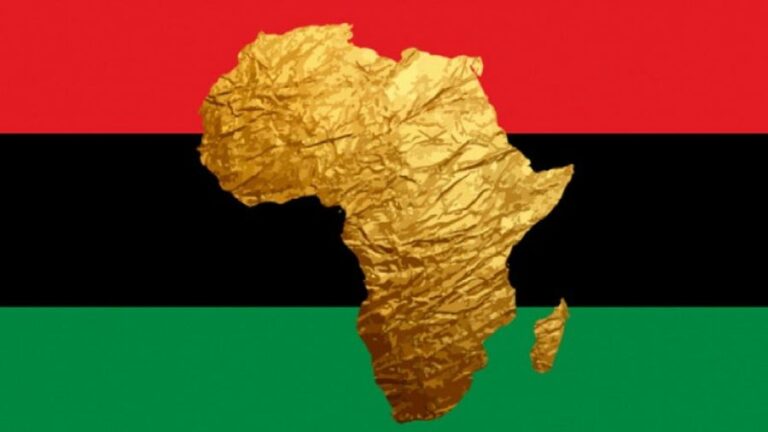No Change in Australia’s Foreign Policy Course under the New Government
Three and a half months after the change of government in Australia, a country of considerable geopolitical significance in the Indo-Pacific region, the developments in its foreign policy can be fairly accurately summarized, in the words of the above headline, as “no change.”
That is despite the attempts (which, in reality, consist of promising words, rather than actions) by certain members of the new government, including the Prime Minister Anthony Albanese, to dial down tensions with China, Australia’s main trading partner. In the second half of the 2000s trade between China and Australia began to grow rapidly, largely thanks to Australia’s booming economy.
Significantly, trading and economic links were an important factor in the broader development of friendly economic relations between China and Australia. This trend began under Kevin Rudd, the head of the Australian Labor Party who was elected as Prime Minister at the end of 2007. On a number of occasions in his public statements he demonstrated his positive attitude to China, which, however, noticeably faded as the years went by.
This positive trend in relations between the two countries continued, largely through inertia, for most of the following Conservative administration, which came to power in 2013. But the dramatic deterioration of relations between the USA (a military and political ally of Australia) and China, which was rapidly growing in power, inevitably had a negative impact on the relationship between Australia and China. That relationship began to deteriorate noticeably in the second half of the last decade, and became particularly evident following the accession of the right-wing Coalition Prime Minister Scott Morrison in August 2018.
In Spring 2020 Scott Morrison publicly supported the conspiracy theory promoted by US Secretary of State Mike Pompeo, blaming China for engineering the outbreak of the COVID-19 pandemic. Following Mr. Pompeo’s initiative, the Australian government also insisted that Beijing pay compensation of some kind for the spread of the virus.
This demand (which he did not repeat) had the effect of dramatically accelerating the negative trend in relations between China and Australia. The low point was reached in September 2021, when the leaders of Australia, the United Kingdom, and the United States announced the creation of an “enhanced” trilateral security partnership between the three countries, known by the acronym AUKUS.
The official Joint Statement does not refer to any specific threat, but cites the three signatories’ determination to pool their resources to “support our security and defense interests.” None of the other documents issued by Washington in connection with the establishment of various international groupings in the region state directly what country they are directed against.
Naturally, there is no doubt who the perceived “enemy” is. Least of all, in the country in question. That is why the formation of the AUKUS group was interpreted by Beijing as just another demonstration of the anti-Chinese trend in the foreign policies of its members, especially Australia. And that inevitably had an impact on bilateral relations, including in the area of trade.
Like most countries, Australia has seen its economy suffer in the last three years as a result of global factors, including the COVID-19 pandemic. The threat of a deterioration in its valuable trading relations with its main partner, China, was a major factor in this year’s pre-election campaigning by Australia’s two main political groupings.
In the election the conservative Liberal-National coalition, which had been in power for the previous nine years, suffered a defeat – and the Labor party won – although by the narrowest possible margin. The Labor Party, despite its narrow margin, was able to form a government without support from other parties. It was not clear until the last minute whether Anthony Albanese would become Prime Minister.
Commentators on the recent Australian elections are quite clear on one point: while ten years ago the two main political groupings in the country were ideologically distinct, now they are virtually indistinguishable. This is particularly true in the area of foreign policy.
The Labor Party victory in 2007 was a major factor in the failure of Washington’s attempts to form a regional anti-Chinese alliance, which was already back then a US priority. However, although the Labor Party is now back in power that does not mean that Australia should be expected to return to its foreign policy of the late 2000s. It is unlikely that there will be any major changes to the foreign policy course followed by the Coalition government over the last two or three years.
A major departure from the Coalition’s course seems unlikely both because of the shift in domestic politics, already hinted at above, and also because of the radical change in the international situation. After all, both domestic and foreign policies have always been closely linked. The main change in the international situation over the last 15 years has been, as already noted, China’s development into a major world power, and Washington’s perception of the new China as an external threat.
Canberra also sees China as a threat not just to its ally, the US, but directly to itself – China’s emergence as one of the major powers in the region presents a number of challenges to Australia’s interests. For example Australia is concerned about the spread of Beijing’s influence in the Pacific Ocean region as a whole and specifically in the Melanesian countries close to Australia’s shores, including Papua New Guinea and the Solomon Islands. One development that particularly alarmed Canberra, and also Washington, was the conclusion of the Framework Agreement between China and the Solomon Islands earlier this year.
Among its other foreign policy priorities, the last government also supported Washington in its attempts to win India over “to its side.” During his electoral campaign, Anthony Albanese promised that if elected he would extend cooperation with that country. And, as if to demonstrate his intentions, just a month after the formation of the new government he sent Richard Marles, the new Minister of Defense, on a visit to India. Commentators have noted that this was the new government’s first international trip. During the trip Mr. Marles reiterated his country’s earlier commitment to an “ongoing comprehensive strategic partnership between Australia and India.”
India’s armed forces are playing a major role in the Royal Australian Air Force’s Exercise Pitch Black, which began at the end of August and will last three weeks. India has sent four Sukhoi Su-30 MKI fighter aircraft and two S-17 heavy bombers to the exercise, in which a total of 100 aircraft from 17 countries are participating.
For the first time, Japan, South Korea and Germany are participating in the Pitch Black exercises. And while Japan and perhaps South Korea might be expected to participate, Germany’s involvement in military exercises in the Indo-Pacific region comes as something of a surprise. Especially in view of the scale of its participation – Germany is sending 13 aircraft of various categories to these exercises on the other side of the globe. It turns out that the German frigate Bayern’s trip across the Pacific to Australia in the second half of last year was part of a larger plan.
It is unclear what China has done to offend Germany and thus provoke this show of strength. Both military and diplomatic. The German ambassador to India recently shoehorned the war in Ukraine into his comments on the territorial disputes between China and India. And Annalena Baerbock, the German Foreign Minister, is very concerned about the Uighur situation. She has two British degrees, and prefers to speak in English. Some might wonder if she is truly a German politician. Or…
China has also expressed surprise at Germany’s activities, particularly military.
It appears that under its new government Australia will continue to serve as a focal point for anti-Chinese tendencies both in the Indo-Pacific region and also elsewhere in the world.







